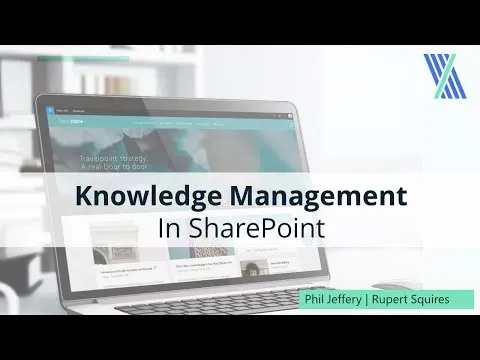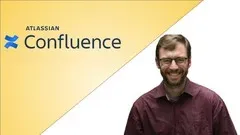
Dynamics of Knowledge Organisation

This course will introduce you to the fascinating world of knowledge organisation and digital preservation. You will explore the involvement and application of semantics in digital preservation, the difference between sentence and word meaning, and how semantic decay endangers access to digital objects over time. You will also learn about the shared concerns of philosophy, semantics, semiotics, logic, and information science to model and understand semantic drifts. Additionally, you will be familiarised with core ideas for representing word meaning by vectors, the emerging paradigm of the Semantic Web, and technologies related to Digital Preservation. Join them to explore open-ended research questions and an ongoing effort to model semantic change on a vector field.▼
Course Feature
![]() Cost:
Cost:
Free
![]() Provider:
Provider:
Udemy
![]() Certificate:
Certificate:
No Information
![]() Language:
Language:
English
![]() Start Date:
Start Date:
2017-03-17
Course Overview
❗The content presented here is sourced directly from Udemy platform. For comprehensive course details, including enrollment information, simply click on the 'Go to class' link on our website.
Updated in [August 18th, 2023]
Skills and Knowledge:
This course will provide students with the skills and knowledge to explore the involvement and application of semantics in Digital Preservation. Students will gain an understanding of the difference between sentence and word meaning, as well as how semantic decay endangers access to digital objects over time. They will also learn about the shared concerns of philosophy, semantics, semiotics, logic, and information science to model and understand semantic drifts that endanger future access to preserved content. Additionally, students will become familiar with core ideas for representing word meaning by vectors, including a respective match between linguistics and information science. They will also gain an understanding of open-ended research questions and an ongoing effort to model semantic change on a vector field, as well as the emerging paradigm of the Semantic Web and the core underlying technologies. Furthermore, students will be introduced to technologies related to Digital Preservation, as well as notions of evolving semantics and semantic drift.
Professional Growth:
This course contributes to professional growth by introducing core ideas for representing word meaning by vectors, exploring open-ended research questions, and introducing technologies related to Digital Preservation. It also provides an understanding of the shared concerns of philosophy, semantics, semiotics, logic, and information science to model and understand semantic drifts that endanger future access to preserved content. Additionally, the course will familiarize participants with the emerging paradigm of the Semantic Web and the core underlying technologies, as well as notions of evolving semantics and semantic drift. By exploring the involvement and application of semantics in Digital Preservation, this course will provide participants with the knowledge and skills necessary to understand and apply the concepts of Digital Preservation in their professional lives.
Further Education:
This course is suitable for preparing further education, as it provides an in-depth exploration of the involvement and application of semantics in Digital Preservation. It covers topics such as sentence and word meaning, semantic decay, philosophy, semantics, semiotics, logic, and information science. It also introduces technologies related to Digital Preservation, as well as notions of evolving semantics and semantic drift. The material presented in this course is based on the results of the EU-funded research project PERICLES, which promotes and enhances reuse of information throughout the content lifecycle taking account of evolving semantics.
Course Provider






